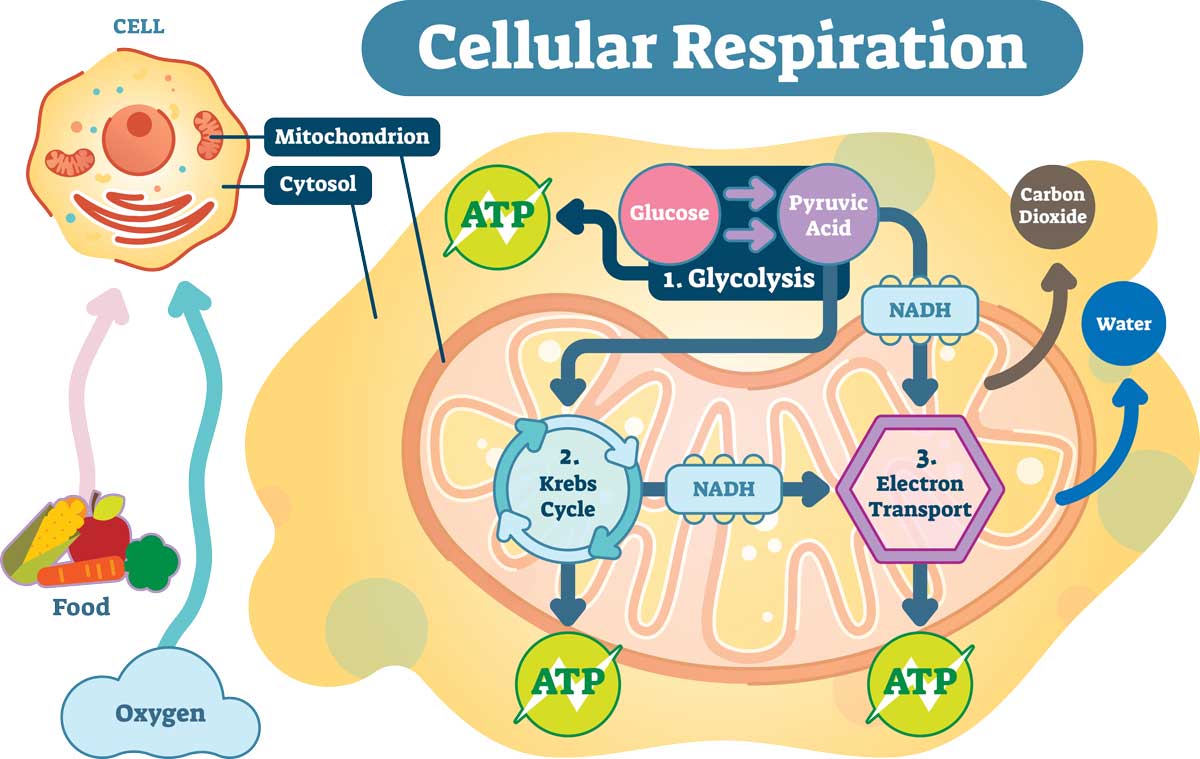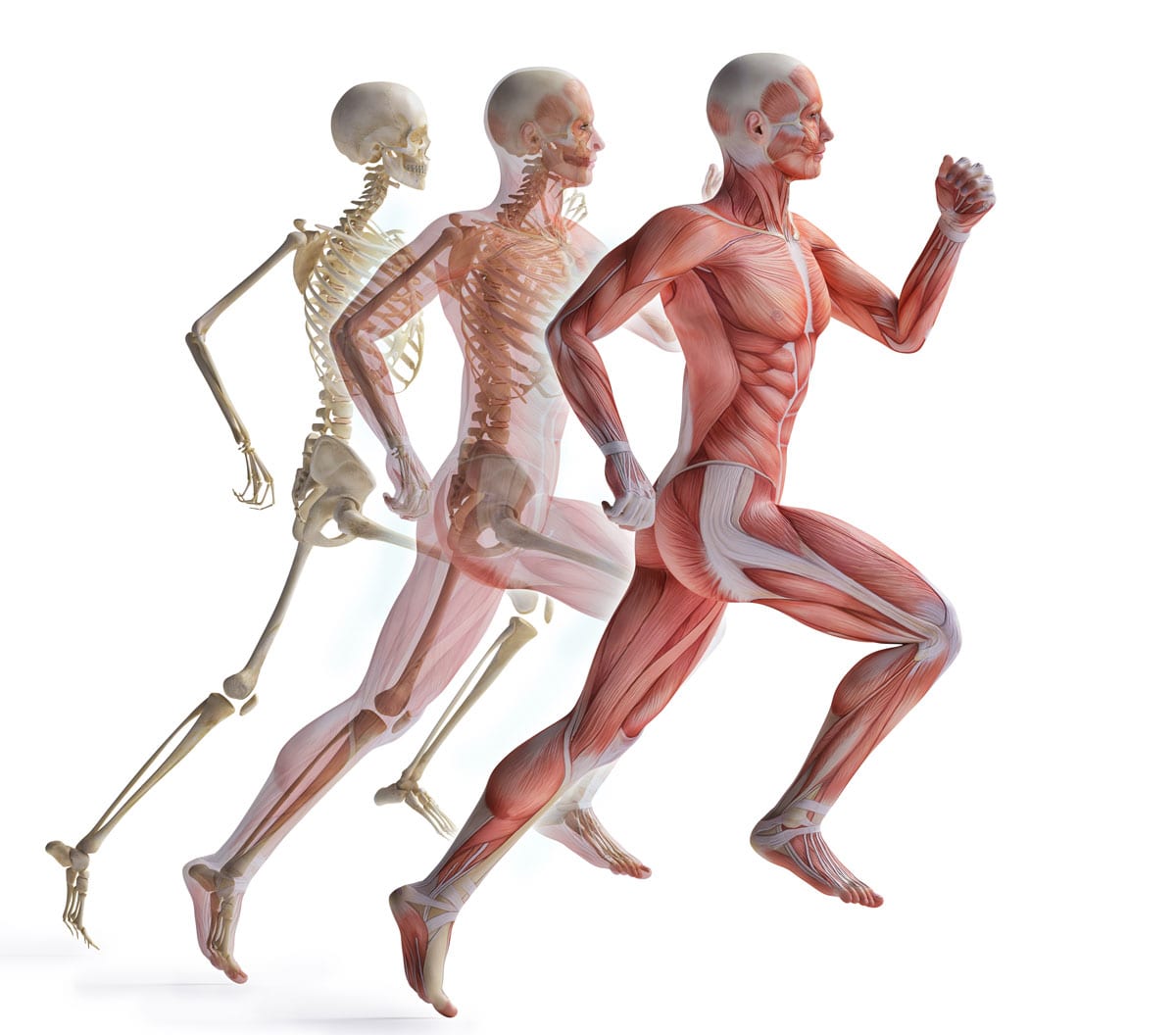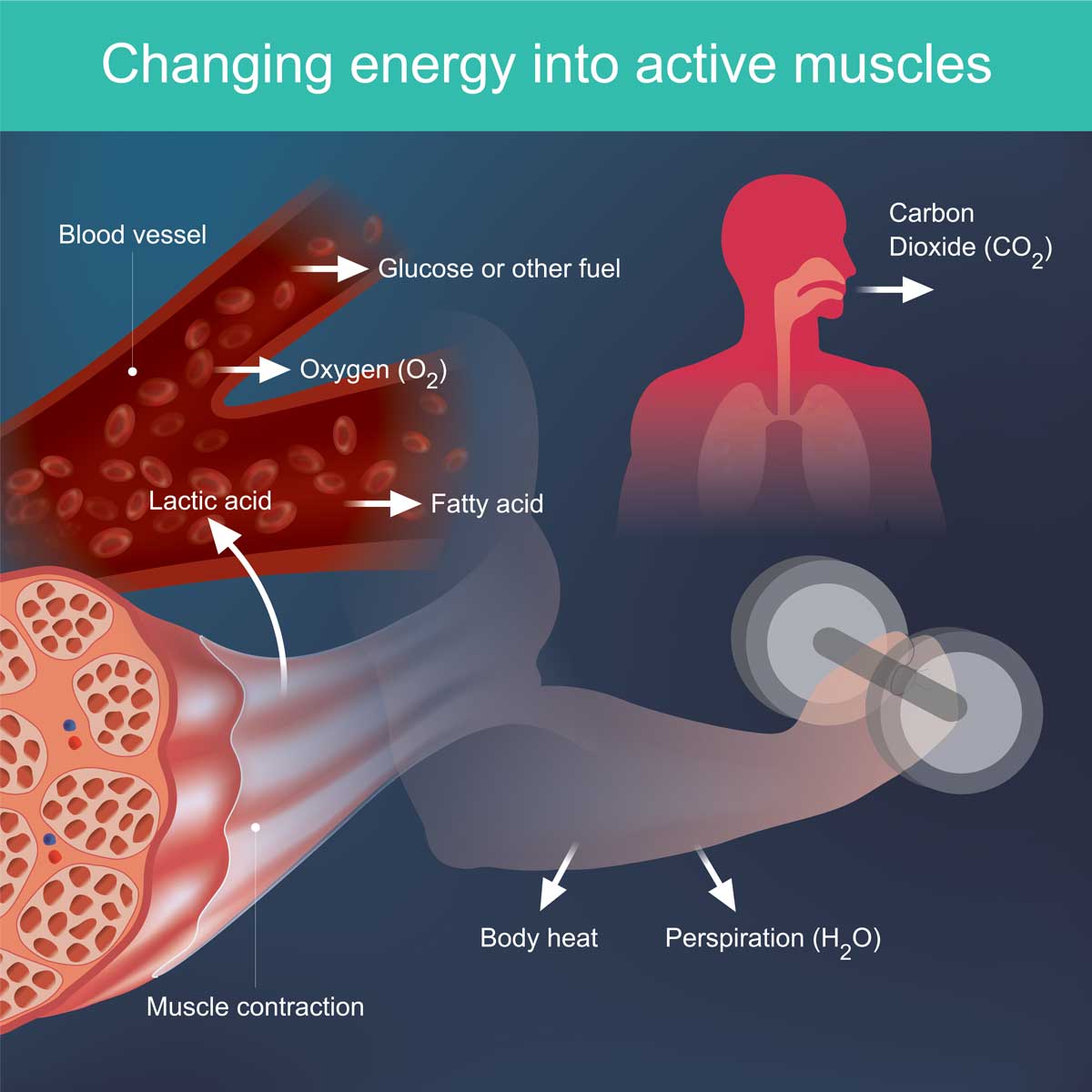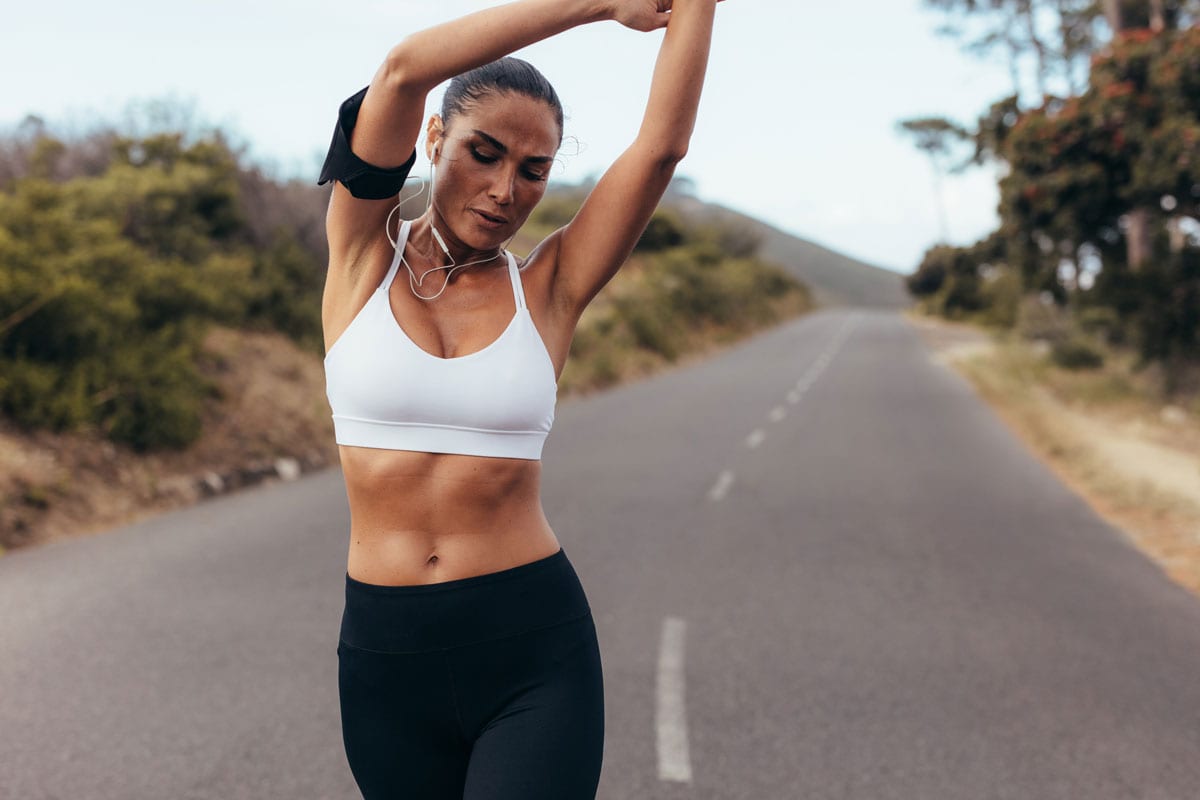Physical Vs Mental Fitness
There is but one way to live life to its fullest- being fit. Understanding the benefits of all-round fitness and knowing how active you should make it easier to improve the overall quality of your life. To help you live better, here’s how you can benefit from mental and physical exercise regardless of your age, sex or physical ability.
When talking about fitness, both mental and physical fitness come into play. More often than not, physical fitness gets plenty of attention, and for a good reason. A healthy body can counter conditions such as heart disease and diabetes, and help you maintain confidence as you age.
However, mental fitness is just as important as physical fitness, and should not be neglected in your self-betterment plans.
Mental fitness means having a brain and emotional health in tip-top shape. It may not necessarily mean training to ace an IQ test, but a series of exercise that helps slow down, decompress and boost a flagging memory.


Aerobics (cardio)
Aerobics involves maintaining an increased heart rate for an extended period of time. Types of cardio exercises include running, swimming, biking, rowing, dancing, and jumping rope.

Strength
Also called Resistance Training. It’s a physical activity with the purpose of increasing muscle strength and mass. Examples include weightlifting, dumbbell and bodyweight exercises.

Balance
This is where you activate your abdominal muscles for stability and control of your body. Balance exercises can include yoga, tai chi and stability ball exercises.

Flexibility
Bragging about how much you can bench is no fun if you have trouble tying your shoes. Flexibility saves you from tight hips, hamstrings, hip flexors and makes you as strong as you can be.

Why you need to be fit and importance of physical fitness
Weight control leads you towards fitness
Along with diet, exercise plays an essential role in managing your weight and preventing obesity. To maintain your weight, the calories you are taking must equal the energy you burn. To lose weight, you must utilize more calories than you eat and drink.
Manage your sugar and insulin levels
Exercise can reduce your blood sugar level and help your insulin work effectively. This can lower your risk for metabolic syndrome and type 2 diabetes. And if you already have one of those diseases, exercise can help you to maintain it.
Feel Happier through fitness
Exercise has been shown to improve your mood and reduce feelings of depression, anxiety, and stress. It produces variations in the parts of the brain that control stress and anxiety. It can also boost brain sensitivity for the hormones serotonin and norepinephrine, which relieve feelings of depression.
Better Mental Health and fitness
Regular exercise can have an extremely positive influence on depression, anxiety, ADHD, and more. It also relieves stress, increases memory, helps you sleep better, and boosts your overall mood. You don’t have to be a fitness fanatic to reap the benefits – browse through our site and discover how to reap these benefits.
How to Achieve Mental Fitness
Be positive with yourself and improve your fitness
Affirmation, or positively talking to yourself, involves strengthening neural pathways to bring your self-confidence, well-being, and satisfaction to a higher level. To start, make a list of your good qualities. Remind yourself that you don’t have to be perfect. Set goals for what you want to make better and start small to avoid becoming confused.
Stop Multitasking
Many think that multitasking enables you to get more things done at once, but it creates more problems than it solves. Focusing on one task at a time will improve your concentration and help you to be more productive.
Try Something Different
New practices can also set you on the way to mental fitness. You can fit new approaches into your daily life by trying new foods, new ways to accomplish routine tasks, traveling to new places or trying a new route to the grocery store.
Read More
Reading is great for your brain. Your brain processes every word you read, including this one. Beyond the mechanics, reading helps you visualize the subject matter on the pages before you, and imagine what voices sound like in the written dialogue.
This can also be a great relaxation technique
Top Fitness Tips for Mental and Physical Exercise.
General physical fitness and targeted exercises to improve stability can prevent falls. But so can staying mentally ready to maintain brain health. A sharp mind helps you to think — and stay — on your feet. Join us and learn to strike a balance.
No Results Found
The page you requested could not be found. Try refining your search, or use the navigation above to locate the post.
150 Exercises You Can Do
As a bonus, we are giving a free fitness exercise ebook to start your healthy lifestyle
Running and Body Transformation
Almost every human can take several steps quickly to reach a destination faster than walking. As an aerobic exercise, running is a recommended routine for both males and females. It helps improve endurance level, strengthening body muscles, and improving heart health. It is an ideal workout to become stronger and get a lean body. In short, there is no doubt that running changes your body and running and body transformations happen.

Once you begin to run consistently, your body will start experiencing some changes. The changes will influence your metabolic rate, muscles, and fat. In this article, we’ll discuss how running changes your body in detail. First off, let’s share some important information about how the body produces energy. Also, we’ll explain how it utilizes the same power when you run.
Step 1
At the beginning of your running routines, Adenosine triphosphate (ATP) will be used by your muscles for running. ATP forms from the foods consumed. Afterward, the energy stores as glycogen in the blood and tissues. You can consider the glycogen as the energy storage unit in your body. Once the use of energy becomes essential, glycogen will come into use. While running, the glycogen storage unit will release more ATP, which the muscles use during the routine and the running and body transformation commences .

Step 2
While running, your muscles will generate lactic acid. The essence of the substance is to inform your brain that you are performing physical activity. Oxygen is needed by your muscles to continue breaking down glucose. Thus, the body will divert blood from unimportant functions to release oxygen at regions where they are needed most. Also, you will start breathing heavier to take in more oxygen for body use.
As you continue to run and use energy, your body will start using calories at a faster rate. Also, you will experience a rise in your core temperature while blood vessels will dilate. In this way, the blood will move closer to the skin for more cooling. More so, you may start sweating to reduce the body temperature and avoid heatstroke.
Step 3
Once you develop endurance from running, the body will maintain a sustainable breathing cycle as it sweats and disintegrates glucose into ATP. For people who are new to running workout or not consistent with their weekly runs, the body may fail to use the energy sufficiently. In the long term, the ATP may start lagging. As a result, lactic acid will accumulate in the muscles, which may lead to body ache. This is the start of the running and body transformation. Due to your body’s inability to maintain the cycle of energy supply and expenditure, you will find running as a difficult task.
Step 4
While trying to end the race, your breathing will normalize as your heart rate slows down. At this point, the production of energy by the body will reduce as your pace slows down. Aside from the feeling of physical accomplishment, the endorphin released during the run will make you feel good. Also, it gives the confidence to go another round the next day.
Apparently, running helps improve endurance level and building the muscles. By so doing, you can develop a befitting body fat composition. Also, working out your heart muscles enhances your cardiovascular health and improve your mood. Additionally, combining running with strength training helps achieve the right balance between physical fitness and mental stimulation. Read further to learn about three significant running benefits to the body. Afterward, we’ll share some tips on how to optimize the outcome of your running routines.
Running and Body Transformation: Major Benefits of Running
Accumulation of Muscles
Such muscle groups work during a workout. While running, the body will make use of some particular muscle groups. The muscle groups include the core, calves, quads, hamstrings, and low back. Thus, you are more likely to experience a change in strength and size within those particular muscles.

Loss of Fat

If your calorie intake and energy provided remain relatively constant, you will start losing fat once you start running consistently. As the energy out will exceed the calories in.
The fat will not turn into muscle as described in the article Transforming Fat into Muscles; the Real Truth Behind Muscle Growth, and Fat Loss .
Metabolism
As we discussed earlier, you get to burn more calories when you become a regular runner. The exercise helps get rid of significant amounts of calories. Also, it stimulates the metabolic rate for an extended period. Once your metabolic rate increases, running and body transformations starts and it will spur your resting metabolism as well. All these changes occur due to enhanced muscle mass and more demands for energy by the body as you run.
Running and Body Transformation: How to Boost your Body Composition Changes
1. Monitor your Heart Rate

So, you should check your nutrition and work within the fat-burning zone – this zone lies within 60 to 70% of the maximum heart rate. Thus, before your next run, endeavour to get a simple fitness tracker to check your heart rate. By so doing, you will know whether you are within the fat-burning zone or not.
2. Consume a balanced diet in the right amount
To account for whether you are eating well or not, you can calculate your extra calories, as explained by a fitness coach, named John Sifferman. If you need 2000 calories daily to keep your weight – consider it as your Total Daily Energy Expenditure (TDEE) – in this case, you need to eat between 2800 and 3000 calories to get around five to fifteen percent extra calories. The extra calorie will spur your body to perform necessary anabolism for muscle regrowth and development. You need to track your calories.
Also, you must increase your protein consumption and reduce your fat intake. Consider getting at least 0.8gram of protein for each pound of body weight. Endeavour to consume lean and whole protein sources, such as turkey, fish, chicken, beans, and nuts.
But please refrain from eating an excessive number of nuts as it can contribute to the fats. Bear in mind that you need to reduce your fat intake to optimize your body composition. Advisably, consider making fat a 15 to 20% part of your daily energy consumption. Also, ensure that mono-saturated fats and omega-3 form a significant portion of your lipid intake.
3. Consider Longer and Harder Running

Rather than jogging two to three times a week for 20 minutes, you should consider high intensity running. Spend at least 30 to 45 minutes at a moderate pace with a frequency of three to five days weekly. By so doing, it will help accrue a high number of muscle contractions. The muscle contractions will place low-load, but high-volume on skeletal muscle. Then, it will help strengthen the muscles.

Final Say
Hopefully, you have understood how running changes your body composition and improve your overall wellbeing. Running is no hard task, nor does it demand a high budget to perform. All you need is to be consistent. To keep your consistency, you can ask your family to perform the running with you; it will be more fun.
During the routine, endeavour to have bottle water close by and try to relax when necessary. Avoid trying to run beyond a pace that you can maintain. With time, your body endurance level will improve, and your muscles will become strengthened. By then, you can increase your pace slightly and try to run harder and longer to experience improved results. Once you start feeling lean and muscular, then you are close to your body goals – by then, you will become sure that running changes body.
Other Articles you may like.
Register Now
Sign up today and Get Expert Fitness Advice Right delivered right in your mail


